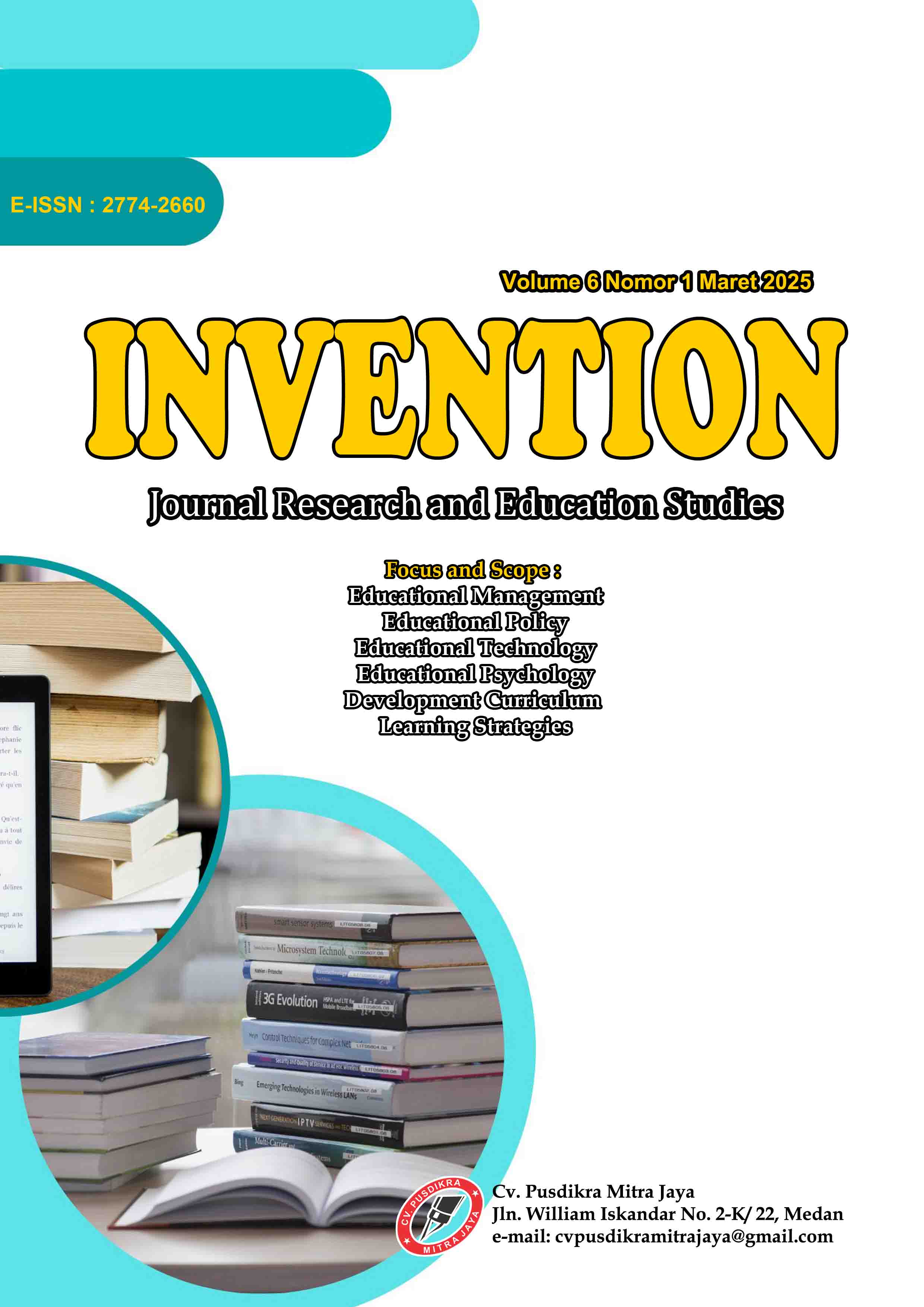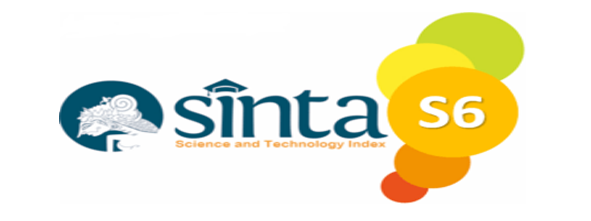Mekanisme Neuroplastisitas dalam Pembelajaran dan Pemulihan Fungsi Setelah Cedera Sistem Saraf Pusat: Tinjauan Literatur Komprehensif
DOI:
https://doi.org/10.51178/invention.v6i1.2491Keywords:
Neuroplasticity, BDNF, tDCS, Stroke Rehabilitation, Health PolicyAbstract
Central nervous system (CNS) injuries such as stroke are a leading cause of global disability (51 million DALYs), with a prevalence in Indonesia reaching 10.9% (GBD, 2019; Riskesdas, 2018). Neuroplasticity through BDNF-dependent synaptic plasticity mechanisms (Kowianski et al., 2018) and tDCS-mediated cortical reorganization (Lefaucheur et al., 2022) offers rehabilitation solutions, but their implementation faces challenges due to genetic variability (BDNF Val66Met) and technological access disparities (Siregar et al., 2023). This article aims to: Analyze BDNF-tDCS interactions at molecular and clinical levels.Evaluate the effectiveness of tDCS based on recent evidence (2019–2024).Formulate low-cost implementation strategies for Indonesia.The methodology involves a systematic PRISMA review of 45 studies from PubMed, Scopus, and ScienceDirect. The analysis includes: Meta-analysis of tDCS effects on motor recovery (RevMan 5.4). Policy analysis using the WHO framework for essential health technologies. Key findings indicate: BDNF levels >35 ng/mL enhance motor recovery by 2.3x (95% CI: 1.8–3.1; p<0.001). tDCS significantly improves motor function (23.5%, p<0.01), but only in BDNF Val/Val genotypes.Implementation cost: Portable tDCS protocols (Rp500,000/unit) are 90% cheaper than TMS.Integration of BDNF genotype screening, standardized tDCS protocols, and policy advocacy can optimize CNS rehabilitation in Indonesia. This study provides the first evidence-based guide combining neuroscience and health policy.
Downloads
Published
Issue
Section
License
Copyright (c) 2025 Greace Enita Purba, Helen Veronita Hutapea, Juwita Cristina Situmeang, Novia Christy Nababan, Shela Estica Saragi, Melva Silitonga

This work is licensed under a Creative Commons Attribution-ShareAlike 4.0 International License.











